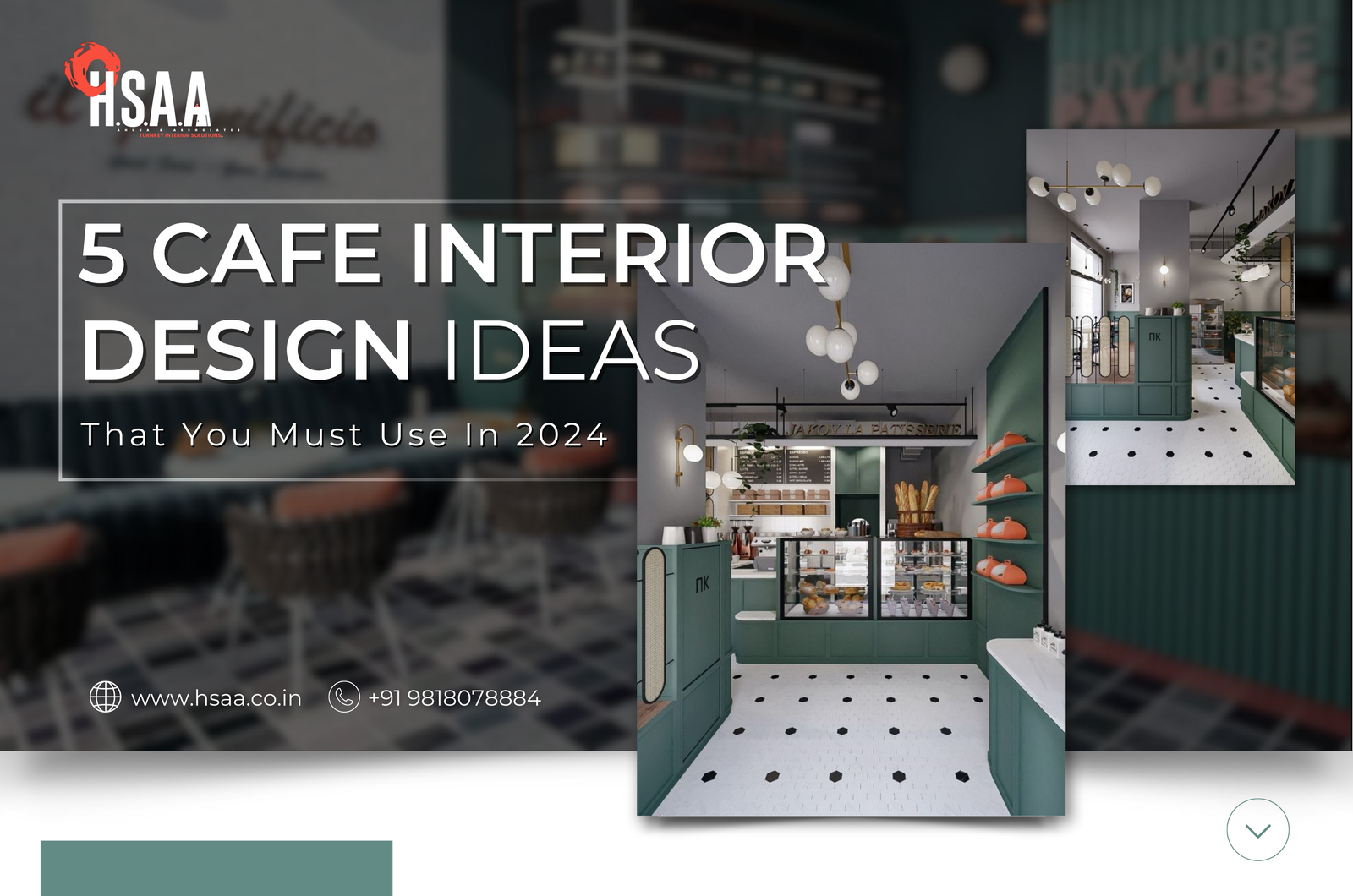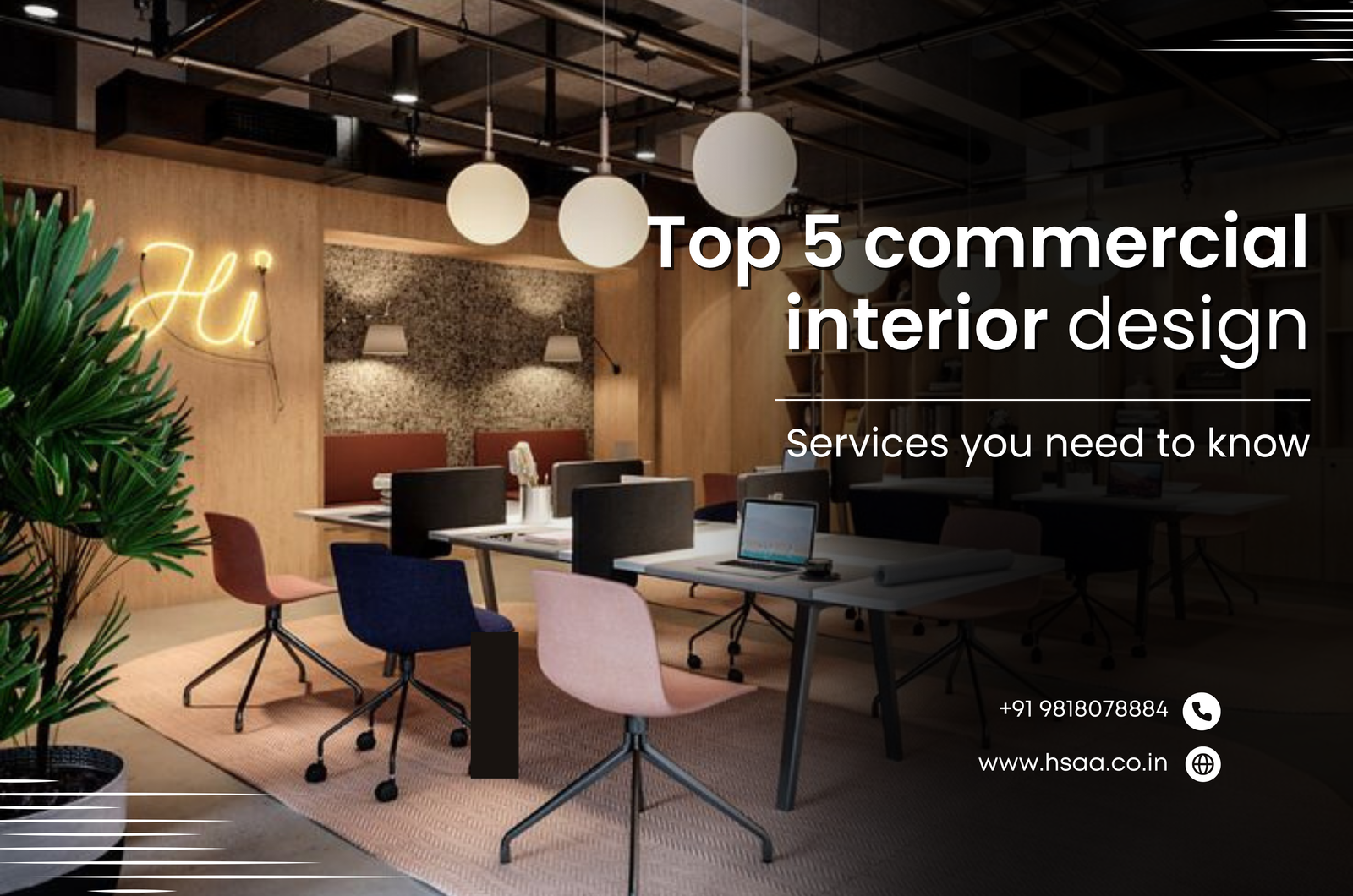In recent years, the concept of a smart home has gained significant popularity and transformed how we interact with our living spaces. With advancements in technology, homeowners now have the opportunity to integrate Smart systems into their homes, making them more convenient, efficient, and comfortable.
With emerging technology, smart homes are no longer futuristic but a reality many homeowners are adopting. Smart homes allow you to control various conditions of your home with just a few taps on your smartphone. Innovative technology has enhanced the way we live. Many residence interior designers allow you to make your home to smart home.
Smart home interior design is an emerging trend that seamlessly blends technology with aesthetics, creating a harmonious and functional living environment. Let’s dive into the smart home interior and explore its fascinating possibilities.
Know about Smart Home Interior Design
Lighting in Smart Home Interior Design


Lighting plays an essential role in setting the mood and atmosphere of any space. With smart lighting systems, you can control the intensity and color and even schedule lighting changes with a simple tap on your smartphone or a voice command.
Whether it’s adjusting the lighting for a cozy movie night or waking up to a gentle sunrise simulation, bright lighting offers endless possibilities to enhance the interior design of your home.
Smart lighting systems can also adjust the color temperature and brightness of the lights, which helps create a warm and cozy atmosphere.
Energy-efficient lighting is also becoming popular in interior design. This can help you to reduce energy consumption and lower costs.
Temperature Control in Smart Home Interior


Smart thermostats allow homeowners to regulate the temperature of their homes remotely; these devices can adapt to your preferences and adjust the temperature accordingly. Top luxury interior designers in Delhi give you the best results if you want your home to be innovative.
Imagine coming home to a perfectly cozy atmosphere or optimizing energy efficiency by automatically adjusting the temperature when you’re away. Smart temperature control seamlessly integrates with your interior design, ensuring comfort while reducing energy consumption.
Window Treatments in Smart Home


Blinds and shades are one of the most luxurious and convenient home decor pieces. Automated control systems allow you to schedule when your blinds open and close, adjust the slats’ angle for privacy or light, and even connect them to other smart home gadgets for combined operation.
These window treatments not only enhance the overall aesthetic appeal of your home but also offer privacy, energy efficiency, and protection from harmful UV rays.
Voice-Activated Assistants


Voice-activated assistants like Amazon Alexa, Google Assistant, etc., have become an integral part of many people’s life. These smart virtual assistants can perform various tasks, from playing music to answering questions to adjusting brightness and controlling smart devices.
By integrating voice-activated assistants into your interior design, you can achieve a seamless and hands-free control experience, allowing you to focus on enjoying your living space.
Entertainment Systems


The smart home interior design takes entertainment to the next level. Imagine a dedicated home theatre room equipped with the latest audio and video technology you can control with a simple smartphone tap or a voice command.
You can create a theatre-like experience in your home with adjustable lighting, immersive sound systems, and motorized screens seamlessly integrated into your interior design.
Security and Surveillance


Smart home security systems provide peace of mind by offering advanced features such as remote monitoring, motion detection, and real-time alerts.
These systems can also be discreetly incorporated into your home’s interiors, with concealed cameras and elegant control panels that match the style of your interiors. You can control and manage your security system remotely, keeping your home and family safe.
Energy Management
Smart home interior design goes hand in hand with energy management. With smart meters, energy-efficient appliances, and smart monitoring systems, homeowners can track and optimize their energy consumption. It also provides energy at lower costs.
Energy management features such as smart thermostats, lighting controls, and energy-saving appliances can help you save money on your energy bills and create an environment-friendly living environment.
Incorporating energy management into your home’s interior design promotes sustainability and a more environmentally conscious lifestyle. It also helps in creating specific moods and atmospheres within a space.
Pros and Cons of Smart Home Technologies
- Comfort at your fingertips
- Energy Efficient
- Customization for user comfort
- Home security
- Convenient for elderly and differently-abled people.
Comfort at Your Fingertips
Nothing is easier than using your voice or fingertips to adjust the lights, temperature, or volume in a room. Smart home appliances simplify everyday tasks, allowing you to relax when you are at home.
Most technological appliances include remote capabilities, or you can connect them with your smartphone, so you can easily regulate things even if you’re not physically available there.
Now, don’t worry if you left too many lights on; you can use your smartphone to turn them off. Residential interior designers in Delhi can help you convert your home into a smart one.
Energy Efficient
Smart homes are productive in saving energy. Smart lighting system allows you to dimming of lights which helps in saving energy. Most smart devices have timers that reduce energy consumption.
So many apps are available in app stores that help monitor daily energy consumption and give auto-suggest ways to minimize energy consumption.
Ease of Access
Smart homes provide lighting control features, allowing users to control multiple devices and smart features through a single device. With just a click of a button, you can manage multiple devices.
Customization for user comfort
Smart homes are flexible to user preferences. With smart homes, users can transform almost every aspect of their lives. For example: Before going home, one can set a timer to turn on the lights or choose their preferred temperature for a certain period.
Additionally, the user can modify the presets for the music or lighting to suit the requirements of various inhabitants. Additionally, many homeowners frequently want the option of “waking up to pipe music/bhajans” playing through their house’s speakers.
Home security
Many smart security options include HD CCTV cameras, anti-theft systems, and biometric locks. Users can combine a smart security system with regular waves or operate the lock remotely with an app.
Convenient for Elderly and Differently-abled People
Smart home helps and give support to the elderly and differently-abled. Nothing is more accessible than connecting everyday chores to smartphones with other smart appliances and voice commands if a person in a wheelchair can directly give voice commands or use smartphones to access certain previously tricky functions.
Cons
- High installation cost
- Privacy concern
- Complicated user interface
- Dependent on internet
High Installation Cost
Installation costs are high in smart homes. It requires a lot of investment initially, but as smart home technology is multiplying, most of the top luxury residence interior designers are adapting the smart home technology, and many companies are coming up with cost-effective options like free maintenance services.
Privacy Concern
There are certain practices that users must accept when it comes to smart homes. Nowadays, much spam and fraud are happening, so we cannot consider the internet as a safe data-sharing place now. This type of spam occurs when the users show negligence towards certain safety precautions.
Complicated User Interface
If not done correctly, smart homes can be difficult for a technologically challenged person. Too much logic and pressing multiple buttons ended up creating undesired effects opposite to what the user had wanted.
Dependent on the Internet
A strong connection is necessary to perform all tasks, whether it is Alexa or Google Home, a strong relationship is required. A poor internet connection can lead to inconvenience.
Conclusion
As technology continues to advance, the possibilities for smart home interior design are expanding rapidly, from personalized lighting to automated window treatments and integrated entertainment systems.
The smart home revolution is transforming the way we think about interior design. By embracing these smart technologies and seamlessly integrating them into our living spaces, we can create homes that are not only aesthetically pleasing but also functional, convenient, and energy-efficient.
These new trends convert how we plan our homes to be, creating automated environments that take the essence of personality and comfort.
Why not start your exploration of smart home interior design and learn about all the ways that may improve your lifestyle?
We would Like to Know Your Opinion:
Visit us at HSAA: Luxury Interior Design Studio for consultation and interior design work. Please write to us at hsaaco@gmail.com and tell us your design story.



